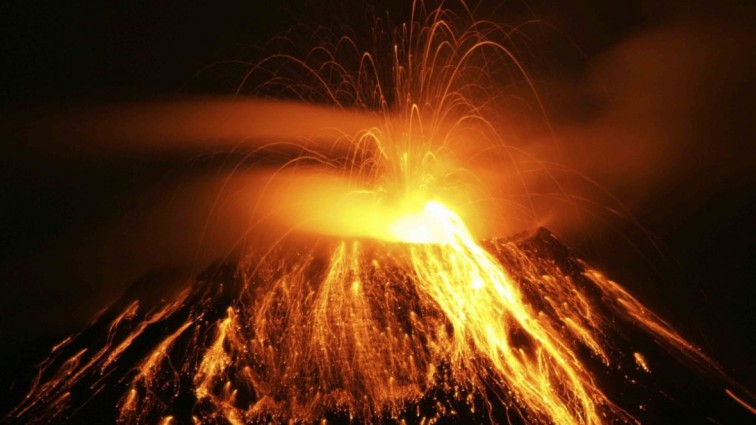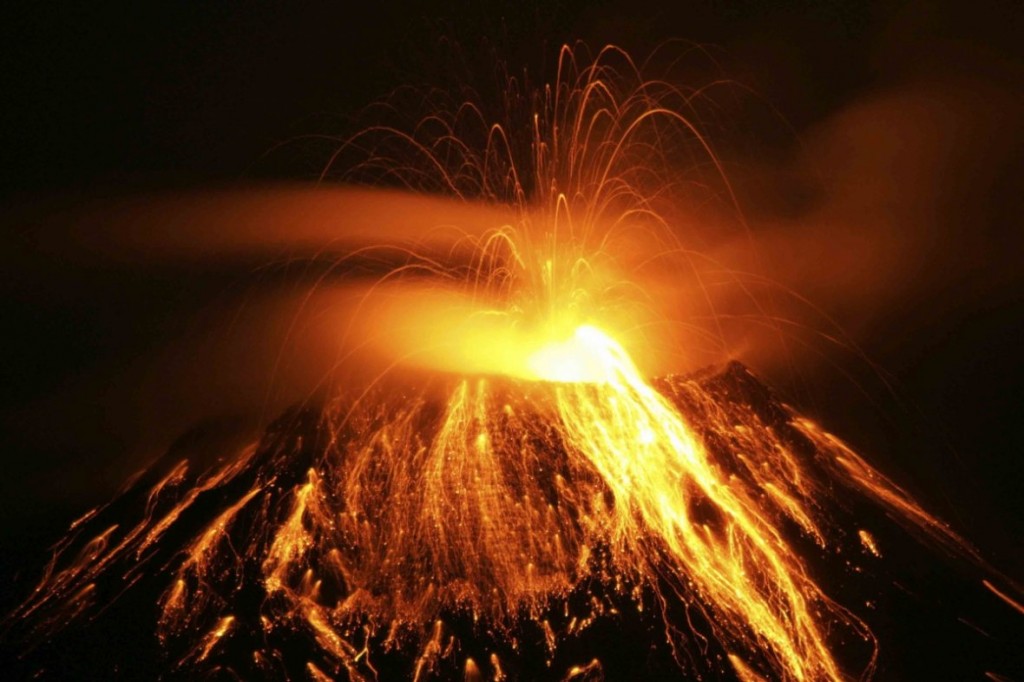From Yellowstone to Toba: Here are some of the world’s biggest supervolcanoes

Supervolcanoes are loosely defined as volcanoes that can eject more than 1,000km3 of material during an eruption – around 1,000 times bigger than a normal volcano. These eruptions measure magnitude 8 or more on the Volcano Explosivity Index (VEI).
In any given century, there is around a one in 500 chance one of the world's supervolcanoes will erupt. The consequences of such an eruption would depend on where it took place. Not every supervolcano on Earth has been mapped, but there are thought to be several dozen in existence.
Here's a closer look at some of the best known supervolcanoes – and what we currently know about them.
Yellowstone is one of the best known supervolcanoes. The caldera formed as a result of three supereruptions over the last 2.1 million years – the Huckleberry Ridge eruption, the Mesa Falls eruption (1.3 million years ago) and, most recently, the Lava Creek eruption 630,000 years ago. The volcano sits beneath the Snake River Plain-Yellowstone hotspot – regions where the mantle beneath is hotter, meaning it melts to form magma.
In 2015, scientists announced Yellowstone has a magma reservoir four times bigger than its chamber sitting beneath it. They said this could make it the biggest magma reservoir in the world, with a volume of 46,000km3 – big enough to fill the Grand Canyon 11 times over.
Yellowstone has not erupted for 70,000 years and it is not expected to erupt anytime soon. At present, the chance of a massive eruption in the next year is one in 730,000 or 0.00014%. If it were to produce another massive eruption, however, most of the US would be covered by a blanked of ash, crop production would largely cease and there would be global cooling for as long as a decade.
Политика конфиденциальности | Правила пользования сайтом









